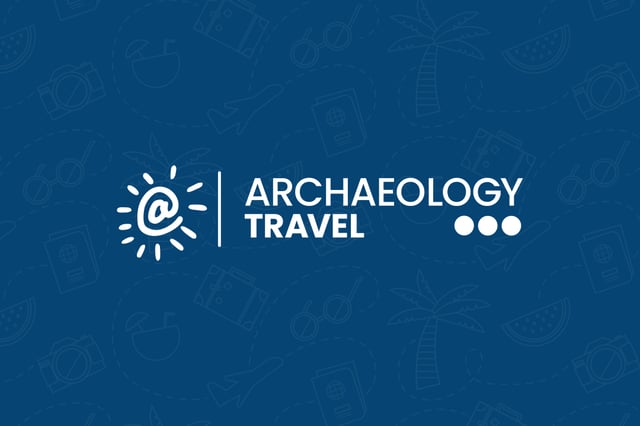South East Bulgaria
Art, History & Archaeology Sites & Museums
Archaeology & History Sites in South East Bulgaria
Ancient Sozopol, Apollonia or Sizebolou
Sozopol, one of the oldest seaside towns on Black Sea coast, was founded by the Greeks in the 7th century BCE as Antheia. There is earlier evidence of Bronze Age and Thracian habitation. The name was changed to Apollonia, and the Romans referred to it as Apollonia Magna, due to the importance of maritime trade. The Ottomans called it Sizebolou. Archaeological remains have been left in situ in various locations throughout the town. The museum has an extensive set of displays of successive periods of history.

Beglik Tash
Along the ridge of a large promontory into the Balkan Sea are a series of natural outcroppings of large, weathered, volcanic rocks – natural megaliths. Although the grouping of stones is definitely natural, it does appear as if the Thracians made use of some of this geological setting for ritual or religious purposes. Many of the stones show traces of having been carved, and excavations in and around the stones have produced considerable deposits of ancient pottery – with some dates as early as the Iron Age.

St. Nicholas Monastery
On the site of St Nicholas’s Monastery are the restored ruins of a three-nave basilica and its monastic buildings constructed towards the end of the 12th century/early 13th century. It was built on the remains of an earlier 7th century, single aisled church. At the altar archaeologists found a ceramic vessel containing what are thought to be the relics of a saint. Surrounding the monastery are numerous graves, dating from as early as the 7th century and as late as the 17th century.

Museums & Art Galleries in South East Bulgaria
Archaeological Museum, Sozopol
Sozopol’s archaeological museum, which includes the St. Cyril and St. Methodius Temple, displays the history of ancient Sozopol from the 5th millennium BCE to the 18 century CE, and Christian art from the 17th to 19th centuries. In all there are over 1,000 objects on permanent display. Including an alabaster casket said to contain the relics of John the Baptist – found on the nearby island of St Ivan in 2010. These relics placed the museum at number eight on a list of the top 100 tourist sites in Bulgaria.

Ethnographic Museum, Sozopol
In the heart of the Old Town of Sozopol are a number of traditional 18th and 19th century houses, constructed out of wood. One of these has been recently renovated and is now home to the town’s Ethnographic Museum. A typical collection of local traditional artefacts and objects are juxtaposed with historic photographs give an idea of the traditions and material culture and what life was like during the 18th and 18th centuries in Sozopol. The museum is known for its rich collection of fabric and traditional costumes.








